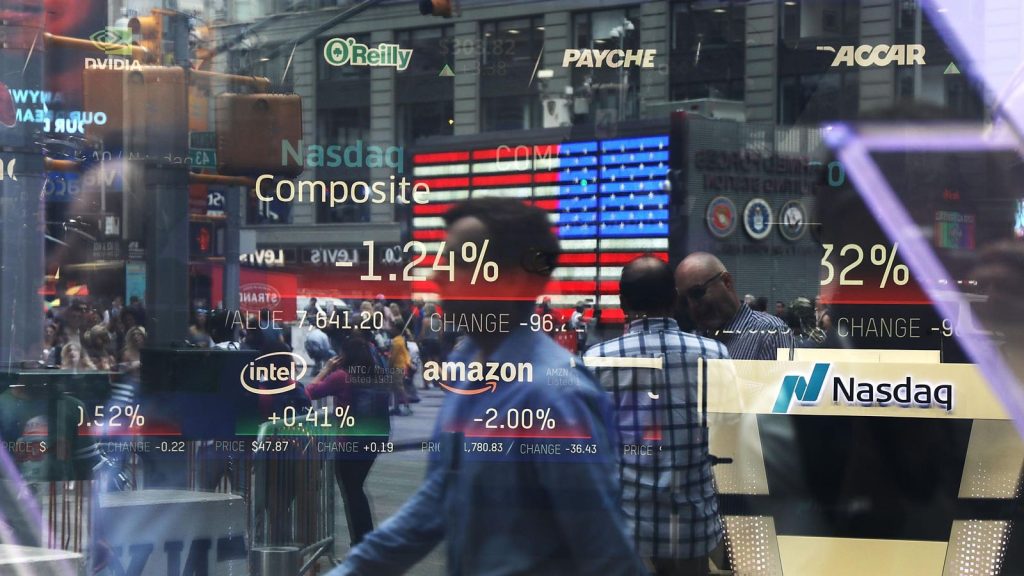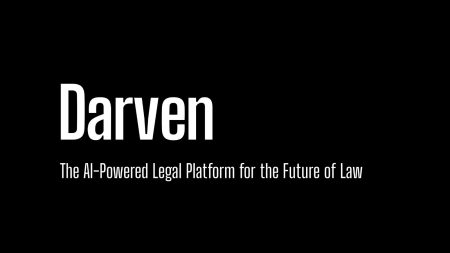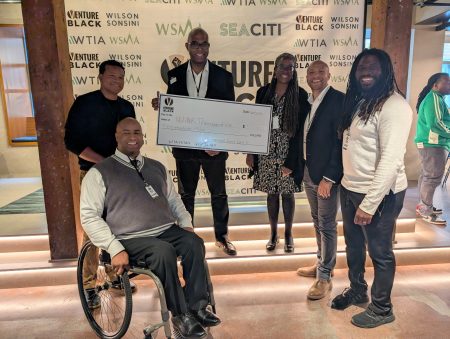The U.S. government data reveals that over one million Indians are currently waiting in employment-based immigration backlogs, showcasing the flaws in the U.S. immigration system. Many highly skilled professionals from India are facing potentially decades-long waits to obtain permanent residence, also known as a green card, due to a per-country limit and a low annual quota. These extended waits are creating personal turmoil for individuals and families, impacting America’s ability to attract and retain talent.
Analysis of USCIS data conducted by the National Foundation for American Policy shows that over 1.2 million Indians, including dependents, are waiting in the first, second, and third employment-based green card categories. This backlog is estimated based on approved I-140 immigrant petitions as of November 2, 2023. The data highlights the significant number of individuals affected by the delays and the strain it puts on the immigration system.
The data further breaks down the backlog in the top three employment-based immigration categories, excluding “other workers”. The Employment-Based First Preference (EB-1) includes workers with extraordinary ability, outstanding professors, researchers, and multinational executives or managers. The Employment-Based Second Preference (EB-2) includes professionals with an advanced degree and individuals with exceptional ability in various fields. The Employment-Based Third Preference (EB-3) includes skilled workers and members of professions requiring at least a bachelor’s degree.
The long wait times for Indians in the EB-2 category have increased significantly over the years, with the backlog rising by more than 240,000 or 40% in approximately three years. Without Congressional action to address these issues, the backlog is expected to continue growing. Estimates suggest that by FY 2030, the backlog for Indians in the top three employment-based green card categories could reach 2,195,795 individuals and take 195 years to eliminate.
The per-country limit also affects employment-based immigrants from China and the Philippines, with a significant number of Chinese professionals and their dependents waiting in the green card backlog. The Visa Bulletin provides insight into the wait times for applicants from different countries, with Indians facing particularly long waits compared to applicants from other parts of the world.
The impact of the long green card wait times extends beyond bureaucratic delays, affecting individuals and families on a personal level. Stories like Roshan Taroll’s highlight the uncertainty and fear created by the immigration system, disrupting the lives of highly skilled immigrants and their children. The inability to secure permanent residence due to the annual limit on visas and per-country quotas has far-reaching consequences, forcing individuals like Roshan to leave the U.S. despite having grown up in the country and built a life here.















